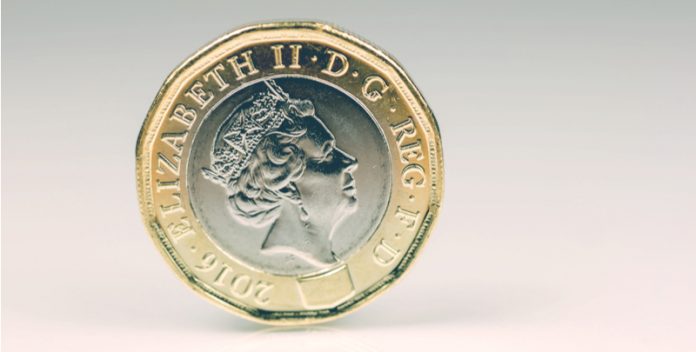The British pound is lower against the euro on Wednesday.
A record monthly decline in UK GDP in March weighed on Sterling when the data was released but the currency later recouped some of the losses since the data was not as bad as forecasted.
Fears about a second wave of coronavirus outbreaks in the US weighed on risk sentiment which hurt the pound more than the euro.
Pound versus euro was lower by 45 pips (-0.23%) to 1.1270 as of 4pm GMT.
GBP/EUR had seen a pop to 1.135 but later declined to below 1.13. Yesterday the exchange rate fell -0.98% and it is lower by -1.48% for the week.
GBP: March UK GDP declines
GDP fell -2% q/q in the first quarter and -5.8% m/m in March in the United Kingdom. The monthly figures were the worst on record but the pound had been trading heavily beforehand so the declines after the release were kept at a minimum.
The data suggests the UK is headed into a deep recession with at least two quarters of economic growth contraction. The current quarter (Q2) is where the biggest growth decline is likely to occur while the lockdown is in full force. The current quarter decline also hinges on the speed at which the UK exits lockdown, where there is still substantial confusion over Boris Johnson’s “roadmap.”
EUR: US lockdown easing warning aids the euro
As the second so-called epicentre of the coronavirus pandemic, investors are watching the reopening of European economies from lockdown. Although there are concerns about a second wave in Europe, investors are judging the risks as potentially higher in the United States, and that is giving the euro an edge in currency markets.
A warning from Anthony Fauci, a senior member of US President Donald Trump’s ‘coronavirus taskforce’ that reopening the US economy too soon will lead to unnecessary “suffering and death” has spooked markets.
Adding to the new set of headwinds hitting riskier currencies, US President Trump ordered the US federal pension fund not to invest in Chinese companies because of the risk of future sanctions.





